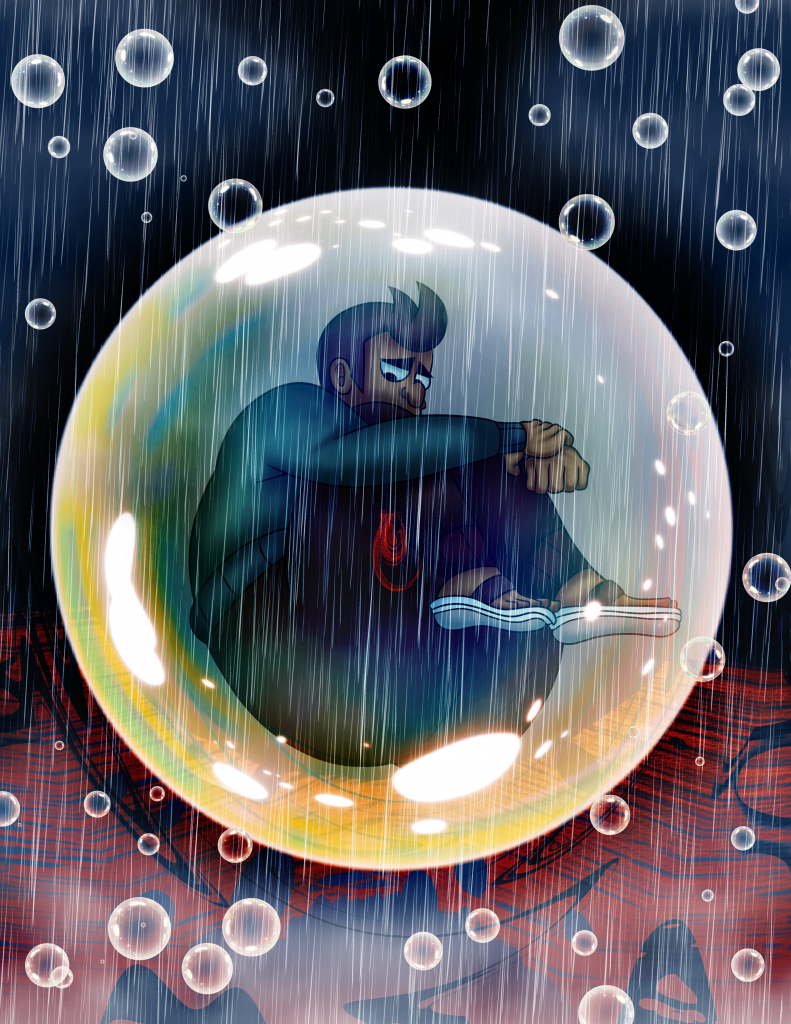Many of us are familiar with bullying, whether it was growing up being the victim of bullying, or though hardly anyone tends to admit, being the perpetrator of bullying. And as the COVID-19 pandemic swept the globe, we also became very familiar with the concept of social isolation as lockdown measures were put in place to help curb the spread of the virus. In terms of how humans have evolved through time, isolation goes against our nature. We have evolved in such a way where we need to have adequate social interaction with other people to survive. When we don’t meet our social needs, we suffer a host of negative effects that impact our mental and even physical health. But what exactly is social isolation, and how is it weaponized as a means of bullying? What are these negative effects that come from social isolation, and how can isolation impact the social development of students who suffer from this form of bullying and rejection?

Social isolation is defined as, “[…] the lack of social contacts and having few people to interact with regularly.”[1] Prolonged social isolation can have severe mental, emotional, and physical effects on an individual. These include higher rates of depression, anxiety suicide, the risk of developing dementia, heart failure, and premature death.[2] When one becomes isolated, they tend to be by themselves even more so as they have become “comfortable” in their state of loneliness, so to speak. One may become paranoid or suspicious of their peers and their intent due to this method of bullying, thus stunting their social development drastically and preventing students from making healthy relationships with others as they grow older.
Social isolation amongst students is prominent in those who are deemed to be “different” by their fellow peers for arbitrary reasons such as sexual identity, race, physical appearance, disability, and so forth. A student may find their self-worth plummeting because of social alienation due to factors that they simply cannot control. We now see that social isolation can have severe consequences for the victim – these are consequences that are not too different from the effects of the more common physical and emotional abuse acquired from the actions of bullies. It is obvious that the vast majority of adults are against bullying and believe that schools have a responsibility to take action against bullies who make another student fear for their physical safety or who verbally and emotionally abuse their victims. Surprisingly, only 56% of these adults agree that isolating one’s peers should be taken just as seriously.[1]

Concerns regarding the ramifications of emotional and physical bullying have overshadowed our concerns about, or even awareness of, the toll that rejection, isolation, and alienation can have on the student population. Similar to the effects of the most common forms of bullying that can follow an adolescent into adulthood, the effects of social isolation can have drastic and life-threatening results, even long after a student completes their education. More parents and school officials should be aware of this pressing issue amongst the youth and take appropriate measures to help integrate a student into a better social life. It is crucial for their health that they are able to communicate with others efficiently as they grow older, as well as develop and maintain healthy relationships in which they are able to establish boundaries and speak for themselves.
Both parents and individuals employed in schools can look for tale-tell signs of social isolation in adolescents. These include withdrawal, sadness and sorrow, irritability, mood changes, difficulty interacting or playing with other children, falling behind with schoolwork, and sleep disturbances, just to name a few.4 Noticing these signs and having a conversation with the student is a first step towards getting them to be more socially active and to understand why they are so withdrawn in order to take appropriate action. Making a plan for the student to become more engaged with their peers, such as encouraging them to join clubs in which they have something in common with others (such as LGBT or chess clubs) will help a student integrate into socializing with others with more ease, as their peers will all share an identity or hobby, thus reducing rejection or alienation amongst others.
References:
- “Loneliness and Social Isolation – Tips for Staying Connected.” National Institute on Aging. U.S. Department of Health and Human Services. Accessed April 28, 2022. https://www.nia.nih.gov/health/loneliness-and-social-isolation-tips-s,taying-connected.
- “Loneliness and Social Isolation Linked to Serious Health Conditions.” Centers for Disease Control and Prevention. Centers for Disease Control and Prevention, April 29, 2021. https://www.cdc.gov/aging/publications/features/lonely-older-adults.html.
- “Bullying: When Should Schools Take Action?” National Poll on Children’s Health. Accessed April 28, 2022. http://mottnpch.org/reports-surveys/bullying-when-should-schools-take-action.






















